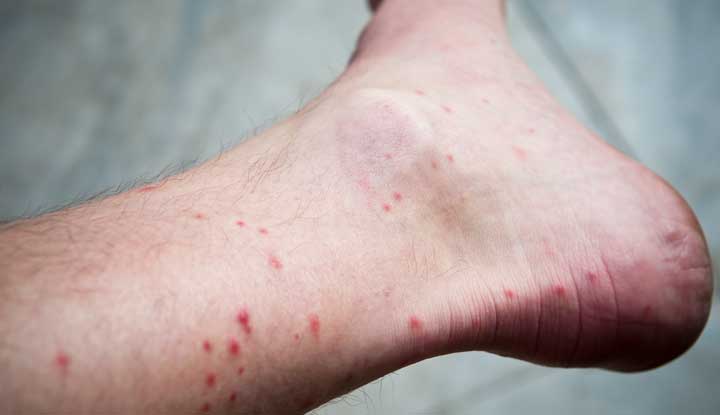Questions to Clarify Before Availing Beehive Removal Process
 |
| A man removing honeybees without protective suit |
Bees play an important role in our environment, but when a beehive appears close to your home or garden, it can become a cause for concern. Removing a beehive is not a simple task—it requires knowledge, care, and the right approach to keep both people and bees safe. Before you hire a professional or try to handle the situation yourself, there are several important questions you should ask. These questions will help you understand the process better and ensure the removal is done safely and effectively.
1. Why Is It Important to Remove the Beehive?
First, it’s good to understand why you want the beehive removed. Are the bees causing danger to your family or pets? Is the hive located in a place where it could damage your property? Sometimes, bees may not be aggressive, but their presence near doorways or play areas can be risky. Knowing the reason for removal helps professionals decide the best method to use.
2. Is the Beehive Removal Legal?
In many areas, bees are protected because they are vital for pollination and the environment. Before proceeding, ask if it is legal to remove the beehive. Some places require special permits or have rules about how to handle bees. Professionals should be aware of local laws and follow them strictly.
3. What Methods Will Be Used for Removal?
There are different ways to remove a beehive. Some methods involve relocating the hive safely, while others might mean destroying it. Ask the service provider what method they plan to use. Relocation is usually better for the environment because it saves the bees. Make sure the method is safe for both humans and bees.
4. How Will You Ensure Safety During Removal?
Bee stings can be painful and dangerous, especially for people who are allergic. Ask how the professionals will protect themselves and the people around during the removal. They should use proper protective gear and take precautions to avoid disturbing the bees too much.
5. Can the Bees Be Relocated?
If you care about the environment, you might want to know if the bees can be moved instead of killed. Many beekeepers and removal experts specialize in relocating hives to safe places. This option helps protect bee populations and supports nature.
6. What Happens to the Bees After Removal?
It’s important to ask what will happen to the bees after the hive is removed. Will they be taken to a beekeeper? Will they be released safely? Knowing this will give you peace of mind that the bees are not harmed unnecessarily.
7. How Long Will the Removal Process Take?
Beehive removal can take time depending on the size of the hive and its location. Ask how long the process will take so you can plan accordingly. Some removals might take a few hours, while others could require multiple visits.
8. Will There Be Any Damage to Property?
Sometimes, removing a beehive can cause damage to walls, roofs, or trees where the hive is located. Ask if the removal process will affect your property and if the service includes any repairs afterward.
9. What Are the Costs Involved?
Cost is always an important factor. Ask for a clear estimate of the price before hiring anyone. Make sure you understand what is included in the price—does it cover the removal, relocation, protective equipment, and any follow-up visits?
10. What is the duration of the warranty?
Ask how long the warranty lasts after the hive removal—common periods are 30 days for basic removal and up to 1 year if structural repairs are involved.
11. Are You Licensed and Insured?
Always choose a professional who is licensed and insured. This protects you from any accidents or damages that might happen during the removal. A licensed expert is also more likely to follow proper procedures and local regulations.
12. Can You Provide References or Reviews?
Before finalizing your choice, ask for references or check online reviews. Hearing from other customers can help you decide if the service provider is trustworthy and effective.
13. How Can I Prevent Future Beehives?
Finally, ask the expert for advice on how to prevent bees from building hives near your home again. They might suggest sealing entry points, removing food sources, or planting bee-repelling plants. Prevention is often easier than removal.
Conclusion
Removing a beehive is a delicate process that requires careful planning and knowledge. By asking these important questions before starting the removal, you can ensure the safety of your family, protect the bees, and avoid unexpected problems. Always choose a professional who respects both the environment and your property. With the right approach, you can solve the beehive issue smoothly and responsibly.





